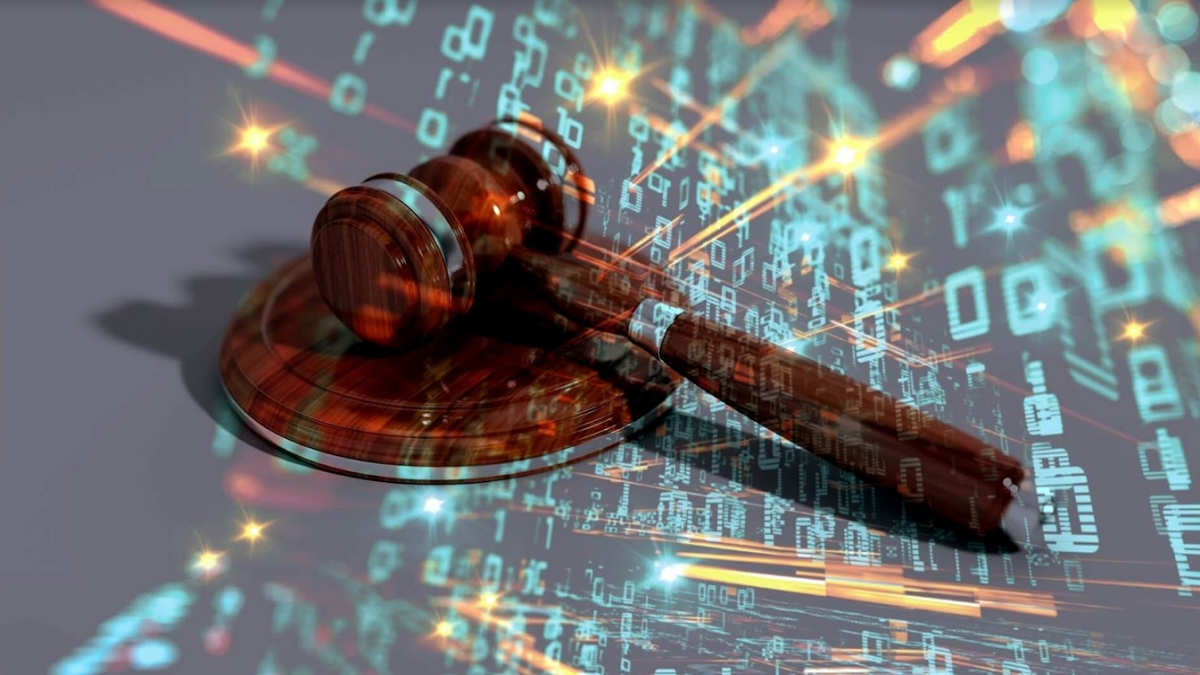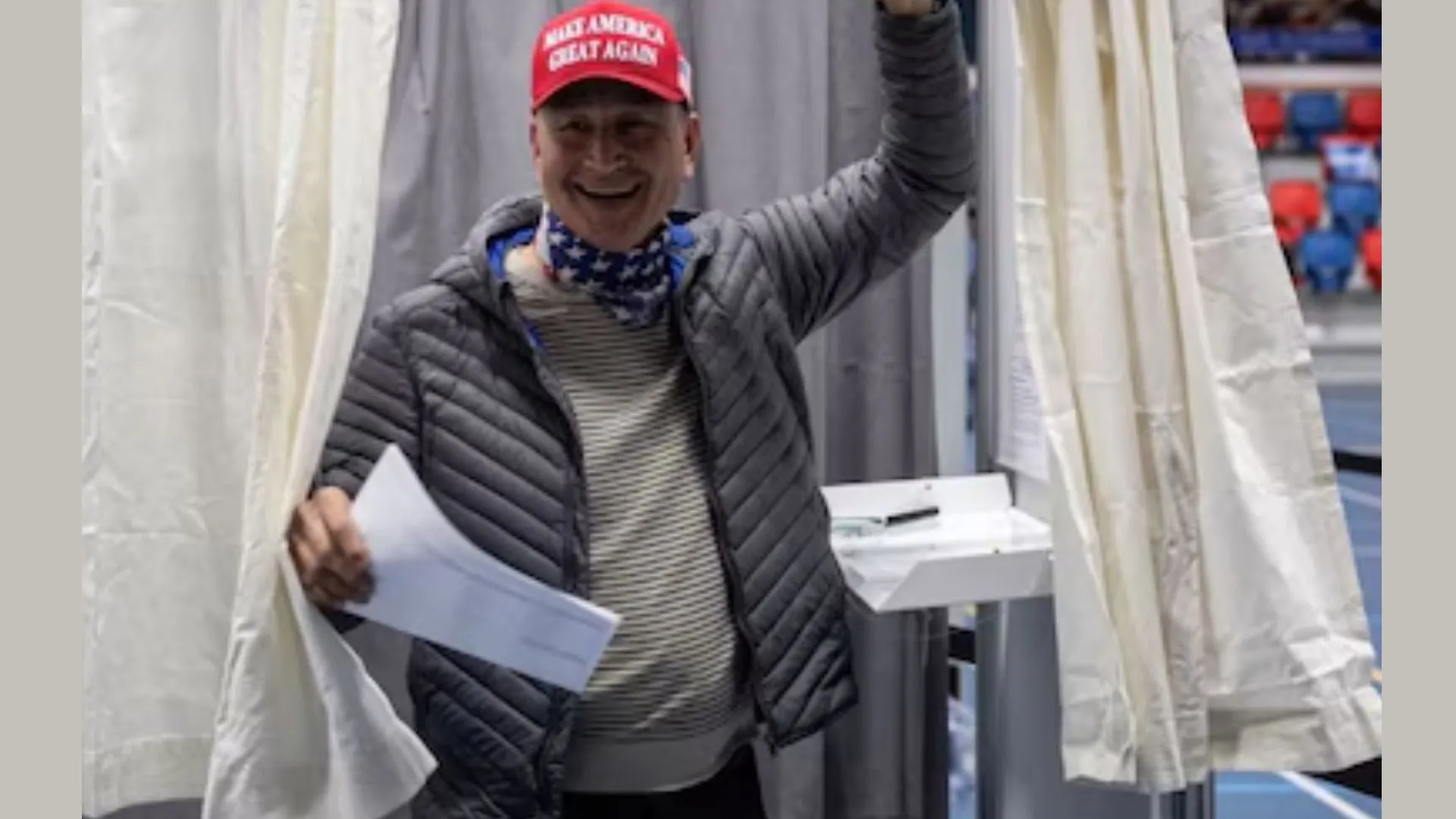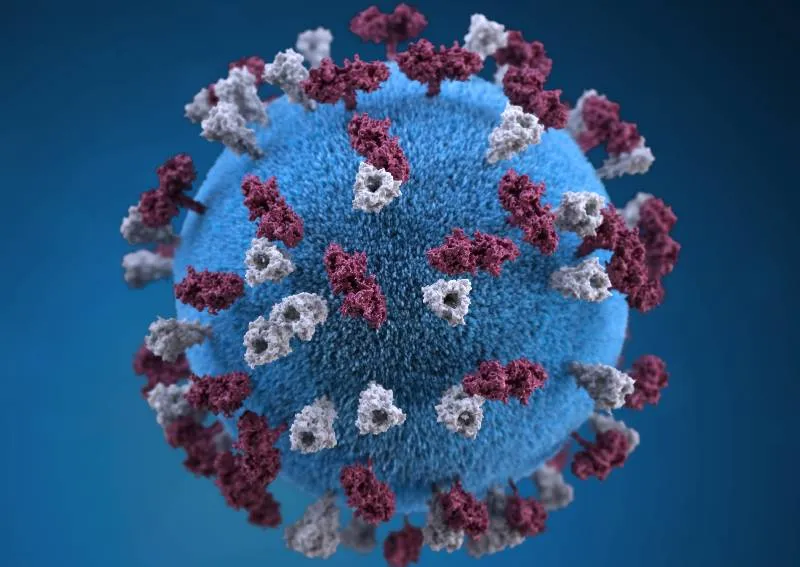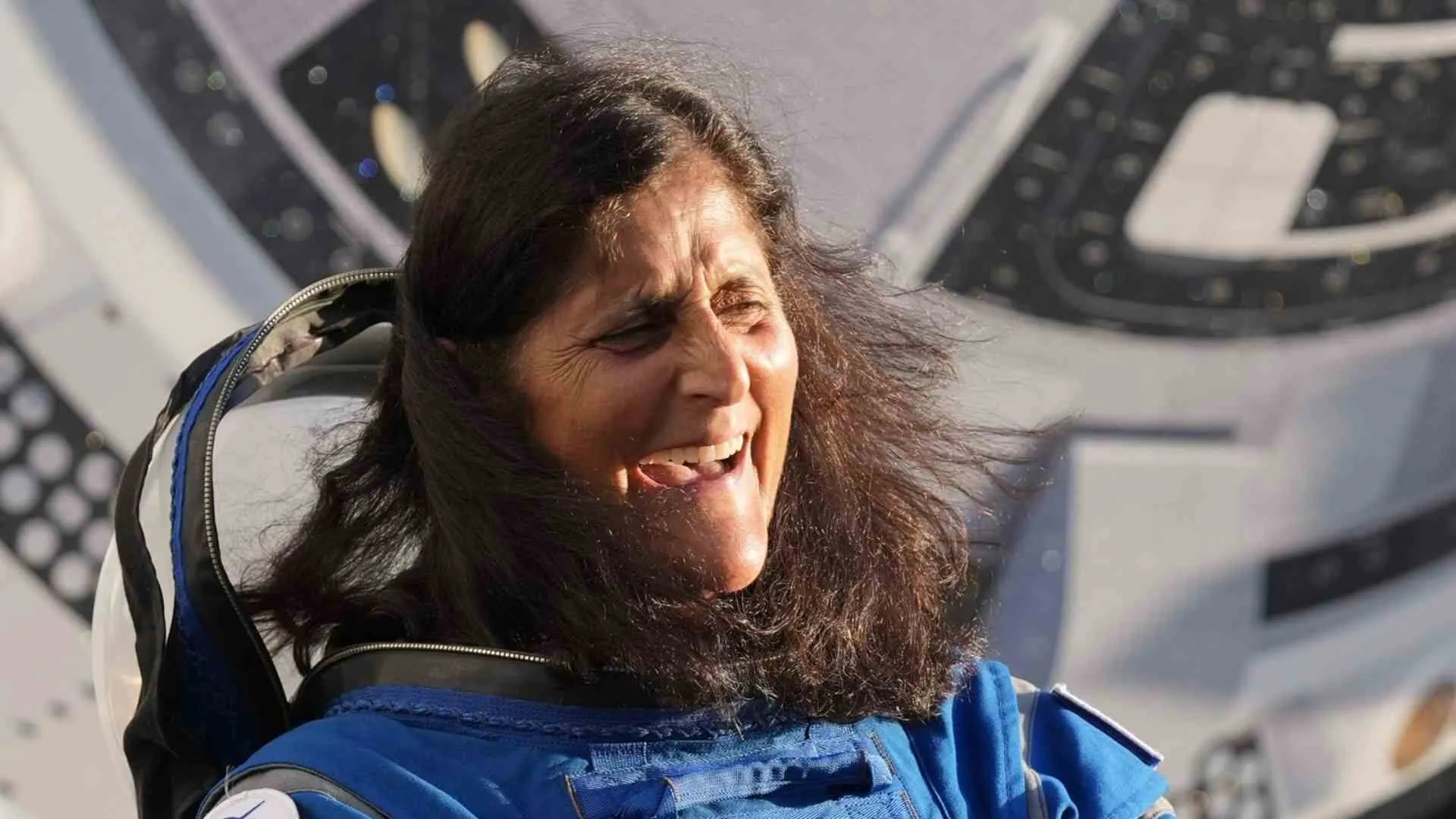In today’s tech savvy world artificial intelligence (AI) is gaining substantial amount of recognition and prevalence. Artificial Intelligence is the ability of a digital computer or computer controlled robots to perform tasks commonly associated with intelligent beings. AI systems are capable of handling complex tasks with minimal or no human intervention.
“Stephen Hawkin articulated that there is no deep difference between what can be achieved by a biological brain and what can be achieved by a computer.” It therefore, follows that computers can, in theory, emulate human intelligence and exceed it. Hence, AI systems are creative, autonomous, and capable of learning and they can mimic human perception and cognitive abilities. Also, they can take in data, process that data, learn from it and make decisions on the basis of the learnings. This system is capable of creating layers of knowledge that did not exist before.
Furthermore, World Intellectual Property Organisation has defined intellectual property rights (IPR) as referring to the unique value creations of human intellect that result from human resourcefulness, creativity and inventiveness. Intellectual Property is basically a property which is the creation of human intellect. In simple words Intellectual Property Rights are specific legal rights which are aimed to protect the creations of the intellect.
Artificial intelligence encounters Intellectual Property Rights in several forms or ways. Firstly AI can assist intellectual property rights with its management. Secondly Intellectual property rights being a legal system can protect AI. It is pertinent to note that the fundamental goal of IP systems have always been to encourage creative innovations and new technologies, therefore Intellectual Property laws can be used to reward AI generated innovations. As also, the deployment and use of AI technologies will have implications both for intellectual property law and policy and the administration of IP systems around the world.
AI AND COPYRIGHT
Copyright is an exclusive right granted to creators for their creative works such as literary work, artistic work etc. The conflict which arises between AI and copyright is that if the creative work produced by the machines are not brought under the ambit of copyright or are not allowed to attain copyright, the copyright system will be perceived as a system which encourages human creativity over machine creativity whereas if copyright protection will be accorded to the AI generated machines, it would be tend to be seen as a system which places equal value on human creativity and machine creativity. Correspondingly, it is observed that since 1970s computer generated art works have attracted a lot of attention. The vast majority of these computer produced artworks are depended vigorously on the programmer who gives the contribution to production of the work. Notwithstanding, with innovative progression, AI has developed to the degree that it is fit for understanding and creating outputs without any human interference. Earlier ownership of copyright for computer generated work was not in picture because computer was just a tool to assist the creative process but with the latest AI systems, machines or computers are not just a tool of assistance rather are capable of taking many decisions involved in creative process without human intervention. This problem is being dealt in most of the countries by attributing the authorship or ownership of such works to the creator of such machines. Laws of most of the countries provide copyright to work created only by a human being. The US court in Feist Publications v. Rural Telephone Service Company [499 U.S. 340 1991] held that the copyright law only protects the fruits of intellectual labour that are founded in the creative powers of the mind.
In an another case before US circuit court, Naruto v Slater No. 16-15469 [9th Cir. 2018], the Ninth Circuit affirmed the district court’s dismissal of copyright infringement claims brought by a monkey over selfies he took on a wildlife photographer’s unattended camera. Naruto, a crested macaque, took several photos of himself on the camera, and the photographer and Wildlife Personalities subsequently published the Monkey Selfies in a book. PETA filed suit as next friend to Naruto, alleging copyright infringement. Naruto was the author and owner of the photographs and had suffered concrete and particularized economic harms but the panel held that Naruto lacked statutory standing because the Copyright Act did not expressly authorize animals to file copyright infringement suits.
In US Court in Bleistein v. Donaldson Lithographing [188 U.S. 239], described the uniqueness of human personality and specified the same to be a prerequisite to grant a copyright whereas in Alfred Bell & Co. v. Catalda Fine Arts [191 F. 2d 99 (2d Cir. 1951), the Court lowered the standard for originality and held that it must not be copied from any other artistic work of similar character in order for it to be original. This judgment came out to be favourable for claiming copyrights for AI generated works, since such works were obviously not copied, but derived through programming and algorithms. However, the lack of a definitive perspective on these matters continues to affect the prospective right holders.
In an Australian case, Acohs Pty Ltd v Ucorp Pty Ltd [2012] FCAFC 16], court declared that a work generated with the intervention of a computer could not be protected by copyright because it was not produced by a human. Similarly in Europe the Court of Justice of the European Union (CJEU) has also declared on various occasions, particularly in its landmark Infopaq decision (C-5/08 Infopaq International A/S v Danske Dagbaldes Forening), that copyright only applies to original works, and that originality must reflect the “author’s own intellectual creation.” This is usually understood as meaning that an original work must reflect the author’s personality, which clearly means that a human author is necessary for a copyright work to exist.
In the English case of Nova Productions v Mazooma Games[2007] EWCA Civ 219, the Court of Appeal had to decide on the authorship of a computer game, and declared that a player’s input “is not artistic in nature and he has contributed no skill or labour of an artistic kind”. So considering user action case by case could be one possible solution to the problem. Therefore, UK has taken a pragmatic position, it has expanded its copyright laws to recognize computer generated works and they have assigned authorship of computer generated works to the individuals by whom the arrangement necessary for the creation of work was undertaken.
AI AND PATENT
Patents are the exclusive rights granted over inventions-product or process, that provides a new way of doing something and which is not obvious and unique in nature. The relation between AI and patent arises from the fact that inventions today can be autonomously generated by AI. It must be kept in mind that patents invention that have to do with AI have been claimed by the humans increasingly and is now becoming a question of morality whether it should be continued to allow that to happen, should humans claim these inventions and be able to exploit them. Consequently, computerassisted inventions and their treatment under patent laws has been the subject of lengthy discussions in many countries around the world.
The UK Court seeks to follow decisions of the European Patent Office’s Boards of Appeal. The EPO has of late included specific guidance on AI to its Guidelines. As in other key jurisdictions (e.g. China, Japan, Korea and the USA), algorithms fundamentally face impressive difficulties to patentability. The EPO adopts the strategy that AI computational models and algorithms are avoided from patentability, unless they amount to a computer program having a “further technical effect” going past the “normal” physical interactions between the program and the computer on which it is run. For the time being, both the EPO and the UK Intellectual Property Office, in practice, require human inventors to be named as part of the patent application process, yet this necessity isn’t upheld up by penalties for bogus or false proclamations (unlike in the US system), and there is no obligation to disclose the role of any inventive AI engaged in the creation of an invention.
The US Patent and Trademark Office (USPTO) has decided that AI frameworks can’t be credited as a creator or inventor in a patent. Among the USPTO’s contentions is the fact that US patent law more than once alludes to innovators utilizing humanlike terms, for example, “whoever” and pronouns like “himself ” and “herself. The group behind the applications had contended that the law’s references to a creator as an “individual” could be applied to a machine; however the USPTO said this translation was excessively wide. “Under current law, only natural persons may be named as an inventor in a patent application”.
The Supreme Court of United States in Diamond v. Diehr, 450 U.S. 175 (1981) held that patent claims that are directed to abstract ideas (e.g. a mathematical algorithm), natural phenomena or laws of nature are not eligible for patent protection, the court further explained that “they are the basic tools of scientific and technological work,” and that granting monopolies on those tools through patent rights might impede innovation. The Supreme Court, in Alice Corporation Pty. Ltd. v. CLS Bank International [134 S. Ct. 2347], recently made it more challenging for applicants to obtain patents on software or “computer-implemented inventions”
Many have argued that patents provide incentives for innovation, investment and invention and that awarding patent rights to software can encourage investment in softwarerelated research and further promote innovation. Some have also suggested that patents should not be awarded to any software.
AI AND TRADEMARK
A trademark is a sign capable of distinguishing the goods or services of one enterprise from those of other enterprises. Trademarks are protected by intellectual property rights. Till date, there is only one proper case regarding the interaction between AI and trademarks. In the case of Cosmetic Warriors and Lush v Amazon.co.uk and Amazon EU ([2014] EWHC 181 (Ch), the court has reprimanded the Amazon for infringing upon the Lush trademarks. Amazon brought the keyword Lush from the Google through bidding process. And when the word “Lush” is searched on the Google search engine, Google redirects the link of the Amazon website based on the key word. Even if the Lush word is searched on the Amazon’s website, the AI of the website is suggesting the similar products rather the Lush products. Though there is no sale of Lush products on the website but AI product system is suggesting the similar products based on the keyword search on the website which is a clear indication of infringement. And court held that Amazon is liable for the infringement. Such litigations are bound to rise once AI becomes a consumer.
AI is likely to pose enormous number of challenges but the foundation of trademark is strong and cannot be shake easily as long as there exists an emotional connect between brands and the consumers.
IPR AND AI IN INDIA
Artificial intelligence is such a technology that has gained traction in India in recent times — it has evolved in ways that far exceed its original conception. From start-ups to the Indian government, AI has been used to a great extent, making lives of Indians better. Now, even the Central Board of Secondary Education (CBSE) has approved the implementation of AI as a subject for students of classes 8th, 9th, and 10th.
In June 2018, the Indian government defined a national policy on AI in a working paper titled, “National Strategy for Artificial Intelligence #AIforAll.” The NITI Aayog paper identifies five focus areas where AI development could enable both growth and greater inclusion: healthcare, agriculture, education, urban-/ smart-city infrastructure, and transportation and mobility.
The existing Indian copyright law is not exhaustive to give rights to AI for creation of work. India has focused on requirement of human interference for a copyright protection. Moreover creating AI as a separate identity still seems sceptical in India. If we rely on Section 13 of Indian Copyright Act,1957 which clearly defines that for a work to be eligible for literary, dramatic, musical and artistic work, the said work must be an original work. For AI to attain copyright over any such work, it must pass the test of originality. The problem arises because the question whether AI can create original work is debatable. It is perceived that AI produces the compilation of already existing information. Also another problem which is faced is that if AI will be accepted as an owner of the work then who will be held liable for any infringement. Since AI lacks any legal status, this will become dreadfully challenging unless proper acts can be established for AI.
FUTURE OF AI
There can come a time in the near future when computers will have about the same capacity as humans and may perhaps even exceeded it. We have already started to see snippets of it and undoubtedly it will emerge at a great pace.
Karl Marx, in his ‘The Fragment on Machines’, predicted a scenario where AI would take over the production process leaving people with increasingly more free time to engage in artistic and scientific activities and thus, making wealth creation relatively independent of labour time spent.
By providing economic reward for innovation and creativity IP encourages the innovators and creators to continue to expand the fields of technology and creativity in future. AI is the best possible technological advancement and innovations which can be backed by intellectual property laws and help them evolve more in the future, the future of AI is bright.
For example- if a person builds a house, he is the owner of the house, he has all the rights on that house, he can determine who can enter in his house, who can stay in his house, the point here is that when a person finds a product out of his intellect, the law allows him to control what happens to his product and enable him to create economic value out of it. At the heart of technology the developments we have seen in the past years have been owed to a significant extent to intellectual property laws. The reason behind this is that knowledge is such that once it becomes accessible to people it’s difficult to stop them from using it, and if there will be no way of protecting this knowledge, there will also be absolutely no way of rewarding the person who invested all his energy, knowledge, resources to build that technology, this is where intellectual property law come in and provide exclusivity to the person’s product, technology or his innovation.
One major challenge which all the countries are facing is that who will be held responsible for AI inventions. These inventions require a lot of time, mental energy, resources and efforts for their creation. However these AI machines once created can carry out a lot of functions on their own without human intervention, now who is to be given credit for those tasks or functions. The main question which arises is whether work done or produced by AI is capable of affording special status under IPR like any other work produced by a human being.
CONCLUSION
The current scenario of AI and IPR is challenging and discomfited, technology is moving incredibly fast whereas creating legislations is pretty deliberate. AI developers are victims of their own success. AI and IPR together do pose some challenges; things will most likely become more complex as artificial intelligence becomes more widespread. With the increase in AI machines, they will also get better gradually at producing creative works, further blurring the distinction between work that is done by a machine and that done by a human.
AI’s productivity and creativity have gone beyond the reach of traditional laws. They are not able to cope with it anymore. The lawmakers need to revisit the laws as regards the latest developments in AI technology. Uniformity must be brought across jurisdictions because the world has become smaller and IP alongside AI has a global impact.
Adv. Ramit Rana is founding partner at Next Step Legal, he practices at the Delhi High Court. Co-Author Apurva Bhutani pursuing internship at Next Step Legal.























